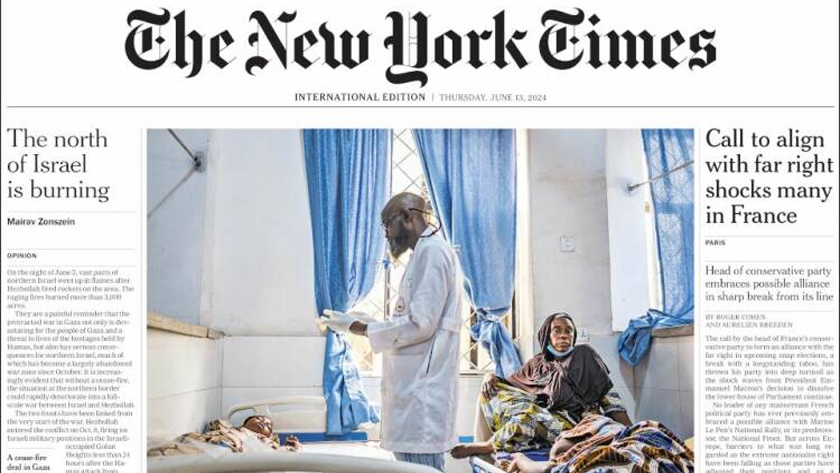In an alarming development reminiscent of epic clashes of yesteryears, the serene North of Israel is ablaze, with the New York Times releasing a report to this effect on the eve of Thursday, June 13, 2024. As if lifted straight out of a chronicle on Byzantine incendiary warfare, the modern-day pandemonium was an eerie reminder of how history often repeats itself, its echoes resonating in the dire threats of today’s human conflicts.
In what is believed to be an incendiary offensive reminiscent of the partisans who set Rome aflame in 64 AD, intense wildfires now menacingly engulf the lush forests of northern Israel. Their origin, the report states, traces back to rocket attacks unleashed by the notorious political militant group Hezbollah, marked by its extensive influence in the southern quadrant of neighbouring Lebanon.
These forest-cloaking fires, fanned into tragic existence via missile attacks, resonant ominously with another historical episode, when in 1918 during the tail-end of World War 1, a similar event transpired in the dense woodlands of Cloquet, Minnesota. That fire – erroneously believed to have been sparked by enemy sabotage – resulted in devastating tolls, both material and human.
It seems, past lessons remain unheeded, making the contiguous belt between Israel and southern Lebanon a frightful tableau of human-induced inferno. The recurrence of these tragic tales of proliferation and destruction is a grim testament to the ever-evolving complexities of the socio-political landscapes in the Middle-Eastern hemisphere.
